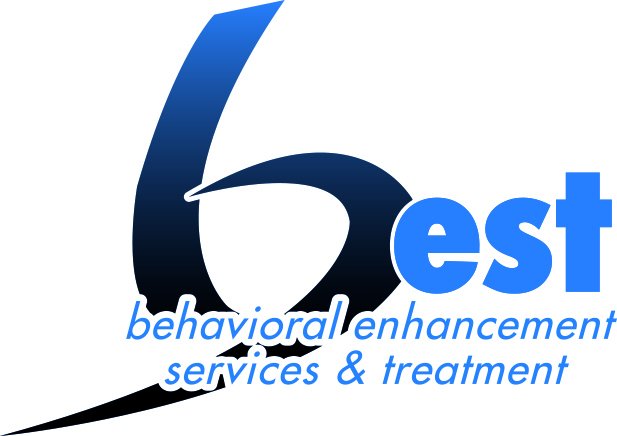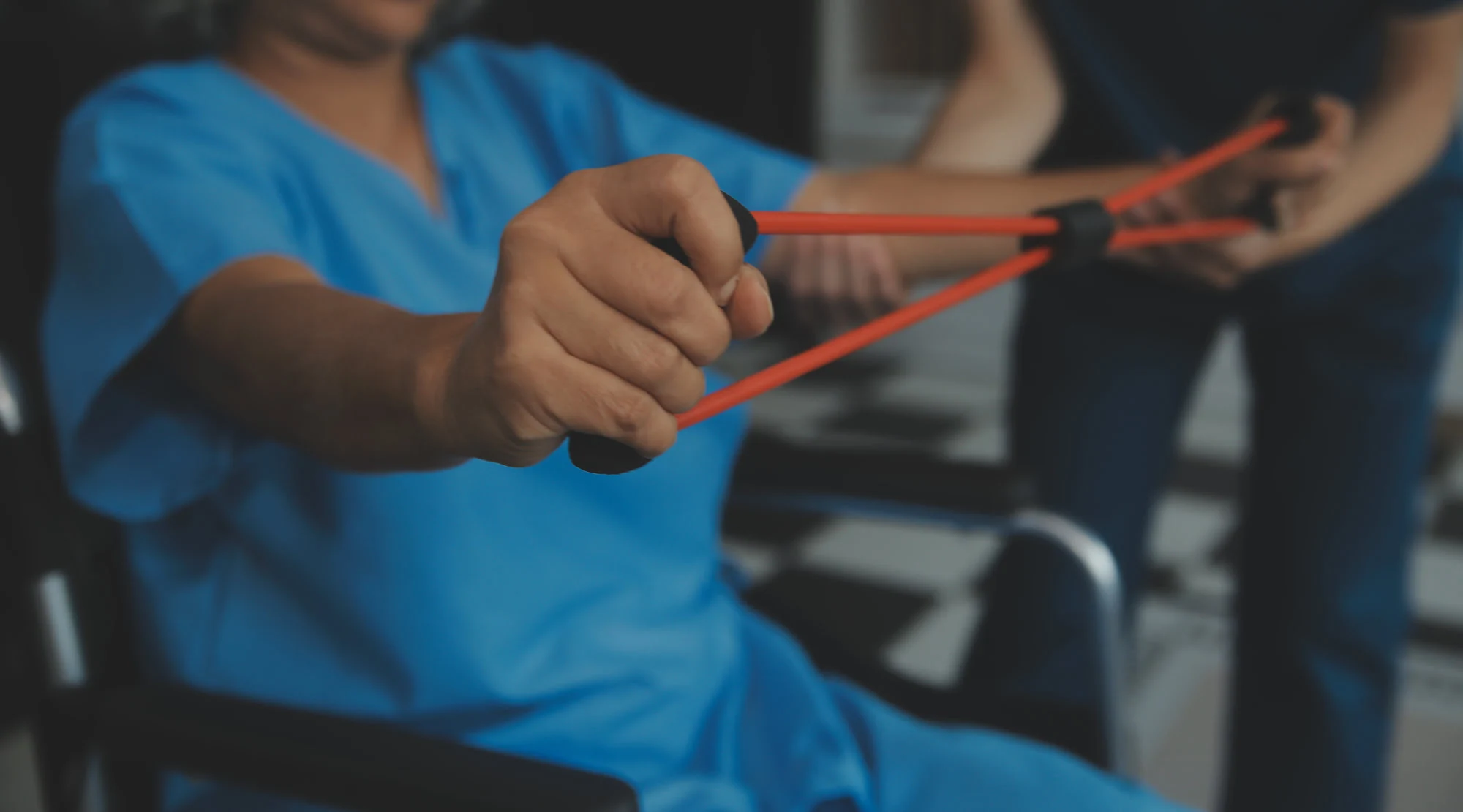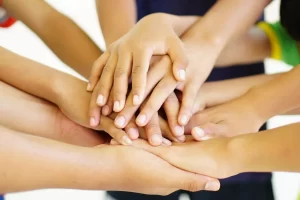Community-Based Rehabilitation (CBR) focuses on enhancing the quality of life for people with disabilities while ensuring their integration and participation within their communities. The World Health Organization (WHO) developed the concept as a strategy for improving the lives of disabled individuals in environments with limited resources.
This guide will prove helpful if you or a family member is considering CBR services. We will cover the community-based rehabilitation definition and what it entails, its principles, how it works, and more.
Key Takeaways:
- Community-based rehabilitation represents a paradigm shift from traditional and institutional rehabilitation methods to a more inclusive and participatory approach.
- CBRS promotes the independence and inclusion of people with disabilities and increases community awareness and resilience.
Table of Contents
What is Community-Based Rehabilitation?
Community-Based Rehabilitation Services (CBRS) encompass a broad spectrum of activities to rehabilitate, equip, and empower individuals with disabilities.
This approach emphasizes local community involvement to provide physical, social, and psychological rehabilitation processes tailored to individual needs. It leverages community resources to support those with disabilities, ensuring their rightful inclusion and participation in society.
Who Are CBR Specialists?
CBR specialists are healthcare professionals who provide rehabilitative services to people with mental, physical, or developmental disabilities. These services include physical therapy, occupational therapy, speech therapy, case management, and psychological counseling.
These specialists collaborate closely with the community and the individuals they serve, promoting independence and social integration. Their role is facilitating access to services, coordinating care, advocating for necessary accommodations, and empowering individuals to participate fully in their communities.
CBR Principles
The principles of community-based rehabilitation are built on the foundations of inclusion, participation, and empowerment.
Key principles include:
How Does It Work?
Community-based rehab operates on a model that integrates services across various sectors, including health, education, vocational, and social services. The process typically involves:
- 1. Assessment — This involves identifying the needs and abilities of individuals with disabilities.
- 2. Planning — CBR specialists develop personalized rehabilitation plans that address the specific needs of the individual.
- 3. Implementation — The specialists deliver the services using local resources and specialists.
- 4. Monitoring and Evaluation — They continuously assess the effectiveness of the rehabilitation process and make necessary adjustments.
This approach ensures that rehabilitation is a coordinated effort that addresses the individual’s comprehensive needs while utilizing community strengths and resources.
Benefits of Community-Based Rehabilitation
The benefits of CBR are numerous, both for individuals with disabilities, their families, and communities: They include:
CBR helps to bridge medical, social, and economic gaps for people with disabilities and their families.
Communities learn to support their members with disabilities, increasing community resilience and capability.
CBR promotes the inclusion of people with disabilities in local decision-making on governance and resource distribution.
Individuals with disabilities become active participants in their rehabilitation, leading to greater self-confidence and independence.
Find Quality Community-Based Rehabilitation Services at B.E.S.T
If you’re searching for quality community-based rehabilitation services, Behavioral Enhancement Services & Treatment (B.E.S.T) is here to help. Our CBRS specialists help people of all ages access community support and resources to help them gain independence and participate fully in society. Contact us today to get started.





